Full-Color Logo Design: The Complete Brand Expression

Source: Kakha Kakhadzen, Colorfun Ampersand, Dribbble, https://dribbble.com/shots/22555686-Colorful-Ampersand
A logo serves as the cornerstone, encapsulating the essence and values of a business in a single, visual representation. Full-color logo design takes this expression to the next level by leveraging the power of color to communicate more deeply and effectively with target audiences. The application of a full-color palette in logo design is not merely an aesthetic choice but a strategic branding decision that can dramatically influence consumer perception and interaction.
Colors carry inherent meanings and emotions, and when skillfully combined, they can enhance brand recognition and emotional engagement. A full-color logo is particularly potent in today’s digital-first world, where capturing the fleeting attention of consumers across various platforms demands immediate and impactful visual appeal. Through strategic color use, businesses can convey their brand’s personality and values vividly, making a memorable impression that stands out in a crowded marketplace.
This approach to logo design not only enriches the visual experience but also supports a brand’s storytelling efforts, ensuring that every hue works harmoniously to tell the brand's story.
The Psychology of Colors in Full-Color Logo Design
The strategic use of colors in full-color logo design plays a pivotal role in shaping brand identity and influencing consumer behavior. Each color in a logo carries specific psychological connotations that can trigger various emotional responses. For instance, red can evoke feelings of passion and urgency, while blue may be perceived as calming and trustworthy. Understanding these psychological impacts is crucial for designers to effectively communicate a brand's core message and values.
In full-color logo design, the combination of multiple colors can further enhance the psychological complexity of the logo. This enables brands to convey a richer and more nuanced story. For example, a logo that uses both green and brown might be interpreted as environmentally friendly and organic, appealing directly to eco-conscious consumers. Similarly, the use of vibrant colors can project an image of innovation and creativity, attracting a younger, more dynamic audience.
The psychology of colors is more than just an artistic tool; it is a strategic asset in full-color logo design that helps brands connect with their target audience on a deeper emotional level. By choosing the right color palette, designers can not only strengthen the visual impact of a logo but also reinforce the brand's desired public perception, making it an integral component of effective branding.
Increased Brand Recognition Through Full-Color Logo Design
Enhancing brand recognition is one of the most significant advantages of implementing a full-color logo design. The use of a distinctive color palette makes a logo more memorable and helps it stand out in the competitive market. Full-color logos are particularly effective because they grab attention quickly and make a lasting impression on consumers. This instant recognition is crucial in fast-paced environments where companies have only seconds to impact potential customers.
Colors are easier to recall than shapes or text, making full-color logos potent tools for building brand identity. For example, a tech company might use neon blues and greens to signify innovation and energy, setting itself apart from competitors and becoming easily recognizable to consumers. Similarly, a health brand using soft blues and whites can evoke feelings of calmness and trust, aligning with its brand message.
Furthermore, consistency in color usage across all branding materials can amplify recognition and foster customer loyalty. When consumers see consistent colors, they're more likely to associate those colors with the brand's experiences and values. This consistency helps in crafting a cohesive brand narrative that resonates with the audience, ensuring the logo not only captures attention but also retains it, thereby bolstering brand visibility and recall in the crowded marketplace.
Flexibility Across Media in Full-Color Logo Design
One of the critical advantages of full-color logo design is its flexibility across different media, which is vital for maintaining brand consistency in today's multichannel world. Whether displayed on digital screens, printed on paper, or featured on large billboards, a full-color logo retains its effectiveness and impact. This adaptability ensures that the logo performs optimally in various applications without losing its appeal or recognition.
Full-color logos are designed to be scalable, which means they maintain clarity and visibility at different sizes and resolutions. This is crucial for ensuring that the logo is effective on small devices like smartphones and on large formats like digital billboards. The use of a full-color palette also helps in differentiating nuances in digital media where color vibrancy and display technology can enhance visual engagement.
Moreover, with the advent of advanced printing technologies, full-color logos can be reproduced with high fidelity in physical formats. This ensures that the colors seen online match those in print, maintaining brand integrity across platforms. The ability to adapt seamlessly across different media not only strengthens brand presence but also builds a coherent identity that customers can recognize and relate to, regardless of where they see it.

Source: Elif Kamesoglu, Healing Logo Design, Dribbble, https://dribbble.com/shots/17491885-Healing-Logo-Design
Emotional Connections Through Full-Color Logo Design
Full-color logo design plays a pivotal role in forging emotional connections with the audience. Colors are not just seen; they are felt, and these emotions are powerful drivers for customer behavior. By employing a thoughtful full-color palette, brands can evoke specific feelings and associations that resonate deeply with their target audiences.
For instance, warm colors like red and orange can stimulate feelings of excitement and passion, which are ideal for brands looking to evoke energy and enthusiasm. Conversely, cool colors like blue and green can induce calm and trust, suited for brands that want to signify reliability and serenity. The strategic use of these colors in a logo can create a visceral connection that engages customers on an emotional level, increasing brand loyalty and affinity.
Additionally, the richness and depth provided by a full-color logo can convey a sense of quality and authenticity. This is particularly important in markets where emotional appeal can differentiate a brand from its competitors. A well-designed full-color logo not only captures attention but also holds it, continually reinforcing the emotional message that the brand wishes to communicate.
This emotional engagement is crucial in building a brand’s identity and can significantly influence consumer decision-making. By leveraging the psychological effects of colors, full-color logos do more than just identify; they connect, resonate, and leave a lasting impression on the consumer’s heart and mind.
Visual Impact in Marketing With Full-Color Logo Design
The visual impact of a full-color logo in marketing cannot be overstated. In a landscape flooded with countless brands vying for attention, a full-color logo stands out by offering a visually rich and appealing look that can significantly enhance marketing efforts. These logos leverage colors that can instantly draw the eye, making them powerful tools in advertising, online presence, and packaging.
Full-color logos are especially effective in digital marketing, where visual content plays a critical role in engagement. They are adaptable to various digital formats and platforms, from social media graphics to digital banners and emails. The vibrant and dynamic appearance of full-color logos makes them more likely to be noticed and remembered by consumers, which is essential in driving brand recognition.
Moreover, in print marketing, full-color logos translate into striking visual elements that can dominate billboards, flyers, and brochures. The use of rich colors helps to convey professionalism and attention to detail, qualities that customers often associate with trustworthiness and quality service.
Utilizing a full-color logo effectively can therefore not only increase visibility but also enhance the perception of a brand’s quality and values. This visual strategy ensures that every marketing touchpoint reflects the brand’s personality and message, leading to a cohesive and memorable brand experience.
Cultural Considerations in Full-Color Logo Design
When designing a full-color logo, it is crucial to consider cultural implications of color choices. Colors have different meanings and associations across cultures, which can affect how a logo is perceived by different audiences. For instance, while white is associated with purity and weddings in many Western cultures, it is often linked to mourning and funerals in some Eastern cultures.
Understanding these cultural nuances is essential for brands operating in or expanding into international markets. A full-color logo must resonate culturally with its target audience to avoid misinterpretations that could potentially alienate customers or convey unintended messages.
For global brands, a versatile color palette that adapts well across cultures can be a strategic advantage. This might involve selecting universally appealing colors or modifying the logo’s colors in different markets to better align with local preferences and sensitivities.
Additionally, the symbolism of specific color combinations can have significant cultural connotations that need to be carefully managed. For example, certain color combinations may carry political, historical, or religious significance that brands need to be aware of to ensure their logo communicates the right message.
Consistency in Brand Identity With Full-Color Logo Design
Achieving consistency in brand identity is crucial, and a full-color logo design plays a vital role in this process. A consistent color scheme across all brand touchpoints builds a strong, recognizable brand identity that enhances customer loyalty and brand equity. The consistent application of the brand’s color palette makes it easier for customers to identify and connect with the brand across various platforms, from digital media to physical products and marketing materials.
A full-color logo acts as a visual anchor, harmonizing the look and feel of the brand. This consistency helps in reinforcing the brand message and values every time a customer interacts with the brand. Whether they see the logo on a website, a product packaging, or social media, the familiar colors and design evoke a sense of reliability and trust.
Moreover, maintaining color consistency requires a careful selection of hues that are versatile and effective across different media and materials. Brands must ensure that their full-color logos are adaptable to both digital and print formats without losing their vibrancy or clarity. This includes the technical aspects of color reproduction, such as color calibration and choosing the right color profiles to maintain visual consistency in all reproductions.

Source: Jeroen van Eerden, Coinin - Logo Design, Dribbble, https://dribbble.com/shots/22721992-Coinin-Logo-Design
Challenges of Full-Color Design in Logo Creation
While full-color logos offer significant advantages, they also present unique challenges that designers must navigate. One of the primary concerns is color complexity. Managing multiple colors in a logo can be challenging, especially when it comes to maintaining clarity and legibility across various sizes and media. Colors that work well on a large billboard might not translate as effectively on a small mobile screen or when printed on different materials.
Another challenge is the cost implications of using multiple colors, particularly in print. Full-color printing is generally more expensive than single or two-color printing. This can increase the marketing and production costs for businesses, especially small enterprises or those frequently updating their marketing materials.
Color consistency is another hurdle. Ensuring that the colors of a full-color logo look the same in all contexts — whether on digital devices with different display settings or printed on various types of materials — requires careful planning and often significant technical expertise. Different printing methods and materials can alter how colors appear, potentially leading to discrepancies between the intended and actual appearance of the logo.
Furthermore, cultural perceptions of color can complicate the design process for international brands. A color combination that appeals to one demographic may carry negative connotations in another culture, potentially affecting brand perception adversely.
Despite these challenges, with thoughtful design and strategic use of technology, it is possible to harness the power of full-color logos to create strong, memorable brand identities.
Innovative Technology and Full-Color Logos
Advancements in technology have significantly influenced the development and application of full-color logo designs. Today's graphic designers have access to innovative tools and software that allow for more precise color management and creative experimentation than ever before. Digital design platforms enable designers to manipulate and test a wide range of color combinations with ease, ensuring that the chosen palette effectively communicates the brand’s identity.
Moreover, the advent of high-definition displays and digital printing technology has improved the reproduction of full-color logos across media. These technologies ensure that colors are vibrant and consistent, whether viewed on a smartphone screen or printed on marketing materials. Digital printers now handle complex color combinations with high fidelity, allowing for small batch printing without compromising color accuracy.
In addition, augmented reality (AR) and virtual reality (VR) are emerging as revolutionary tools in logo design and branding. These technologies can showcase full-color logos in immersive environments, providing a new way for brands to engage with consumers. AR applications, for instance, allow customers to see how a logo might look in real-world settings, enhancing decision-making in the design process.
These technological innovations not only expand the creative possibilities for full-color logos but also improve the practical aspects of design implementation and brand consistency across various platforms.
Cost Considerations in Full-Color Logo Design
Implementing a full-color logo design comes with specific cost considerations that businesses need to account for. The complexity and variety of colors can impact both the initial design costs and ongoing reproduction expenses. Designers skilled in creating effective full-color logos may command higher fees due to the expertise required to balance aesthetic appeal with functional usability across various media.
In terms of production, full-color printing is generally more expensive than standard one- or two-color printing. This is because full-color printing often requires more sophisticated printing processes, such as four-color process printing, which uses cyan, magenta, yellow, and key (black) inks to create detailed and vibrant images. For businesses that require large volumes of printed materials, such as brochures, business cards, and promotional items, the costs can add up significantly.
Additionally, maintaining color consistency across different materials and printing methods can necessitate specialized printing techniques and potentially more expensive materials to ensure the logo appears as intended in all uses. This might involve specific inks or adjustments to the printing process, which could increase overall costs.
Businesses must also consider the digital reproduction of their logos. High-quality digital displays and adaptations for various digital platforms may involve additional design adjustments and testing to ensure that the logo maintains its visual integrity in electronic formats.
Therefore, while a full-color logo can significantly enhance brand recognition and emotional impact, it is important for businesses to carefully plan their budget for both design and ongoing branding applications to maximize their investment.
Conclusion
Full-color logo design is a powerful tool for brands aiming to communicate their identity vividly and forge strong emotional connections with their audience. The strategic use of color can dramatically enhance brand recognition and consistency across various media, making a memorable impact on consumers. Despite the challenges and costs associated with full-color designs, the benefits of standing out in a competitive market are significant. With the right approach and utilization of innovative technologies, a well-crafted full-color logo can be a cornerstone of a brand’s visual strategy, contributing to long-term success and customer loyalty.
Let Us Know What You Think!
Every information you read here are written and curated by Kreafolk's team, carefully pieced together with our creative community in mind. Did you enjoy our contents? Leave a comment below and share your thoughts. Cheers to more creative articles and inspirations!

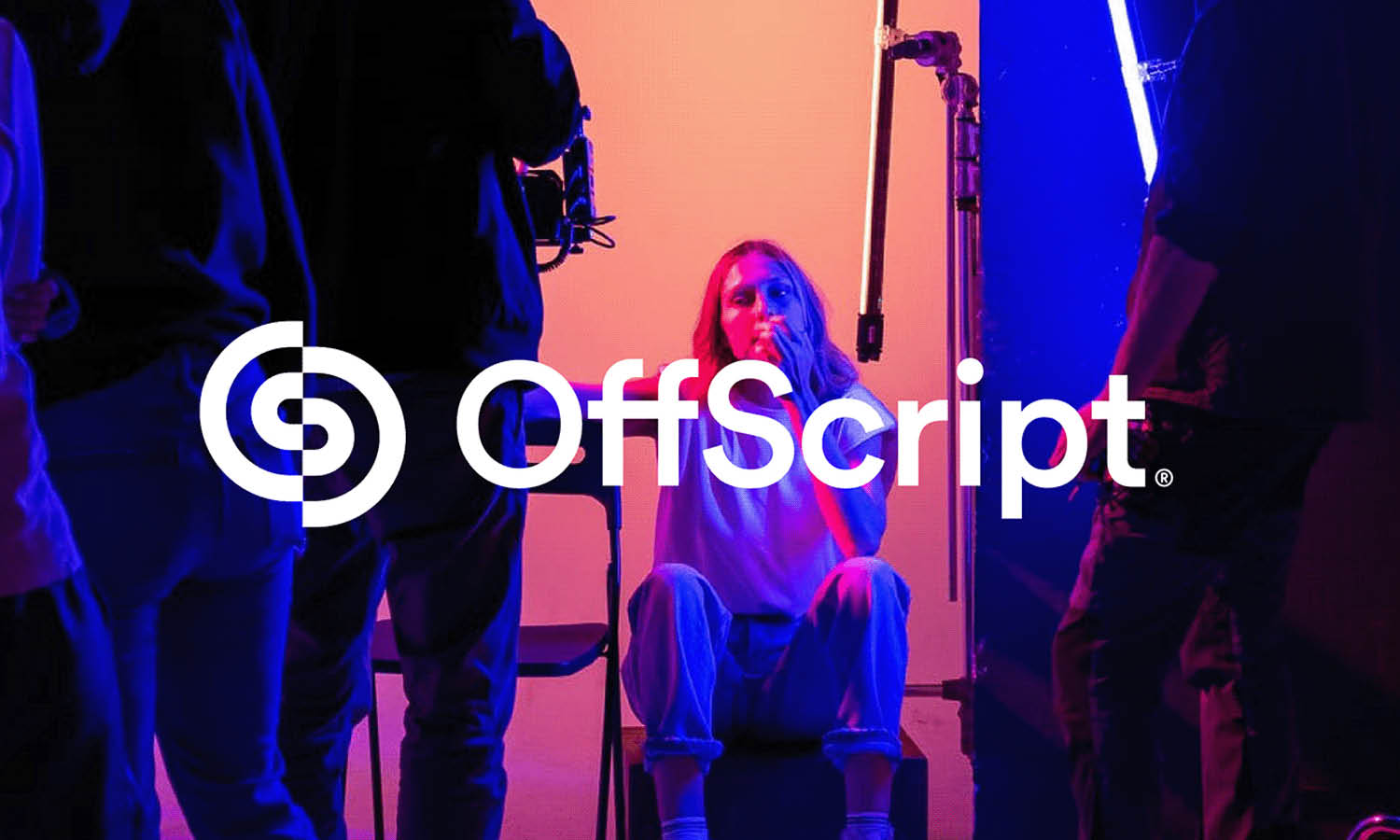


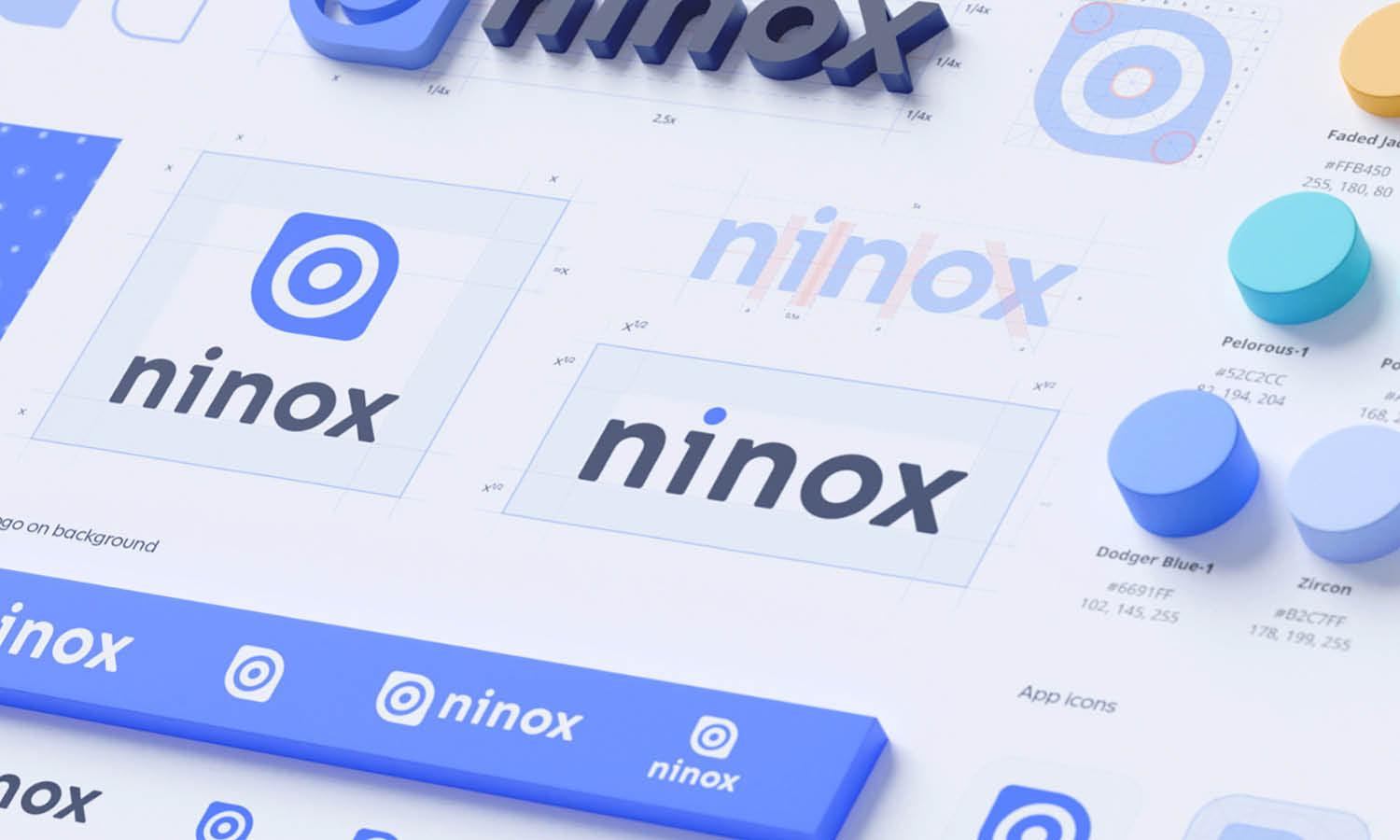
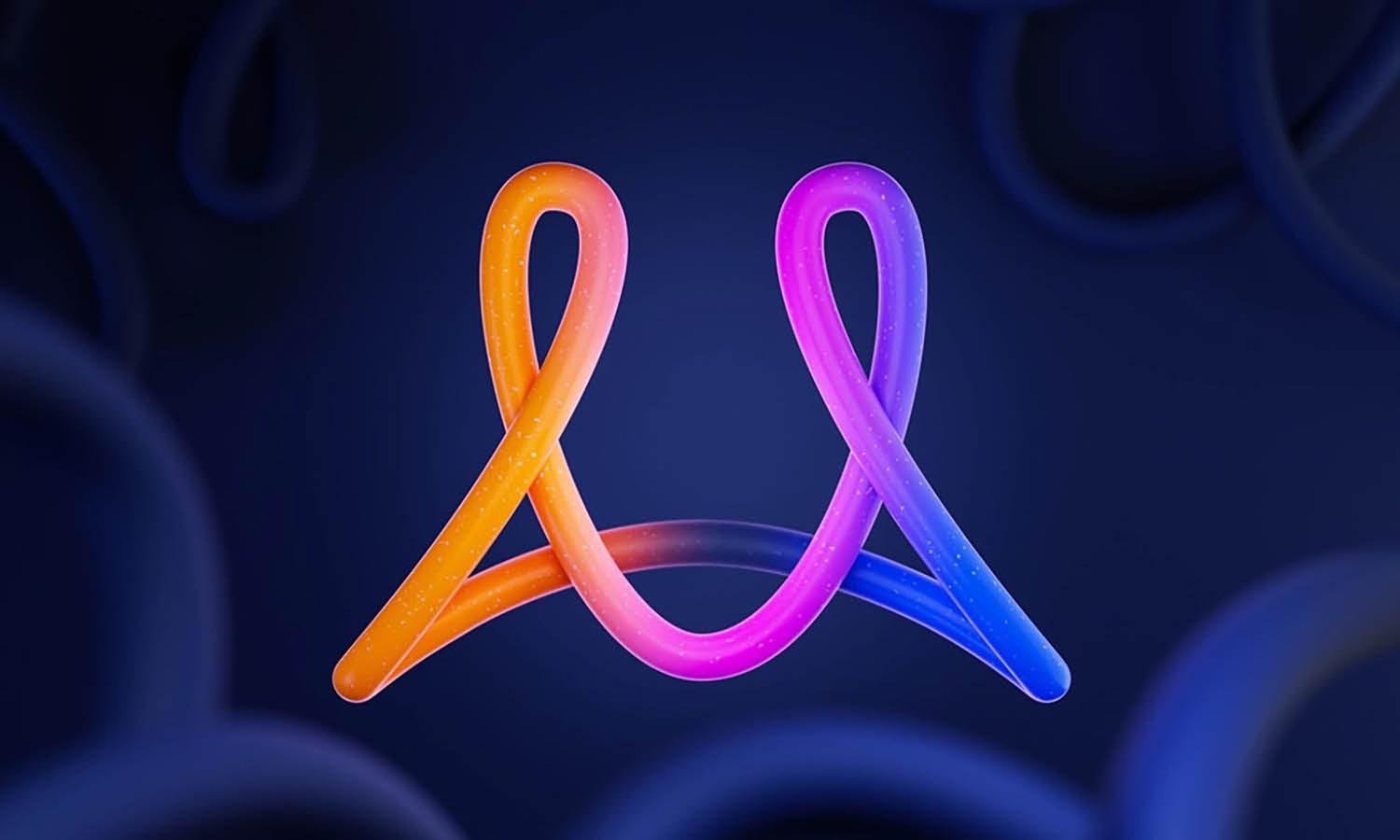
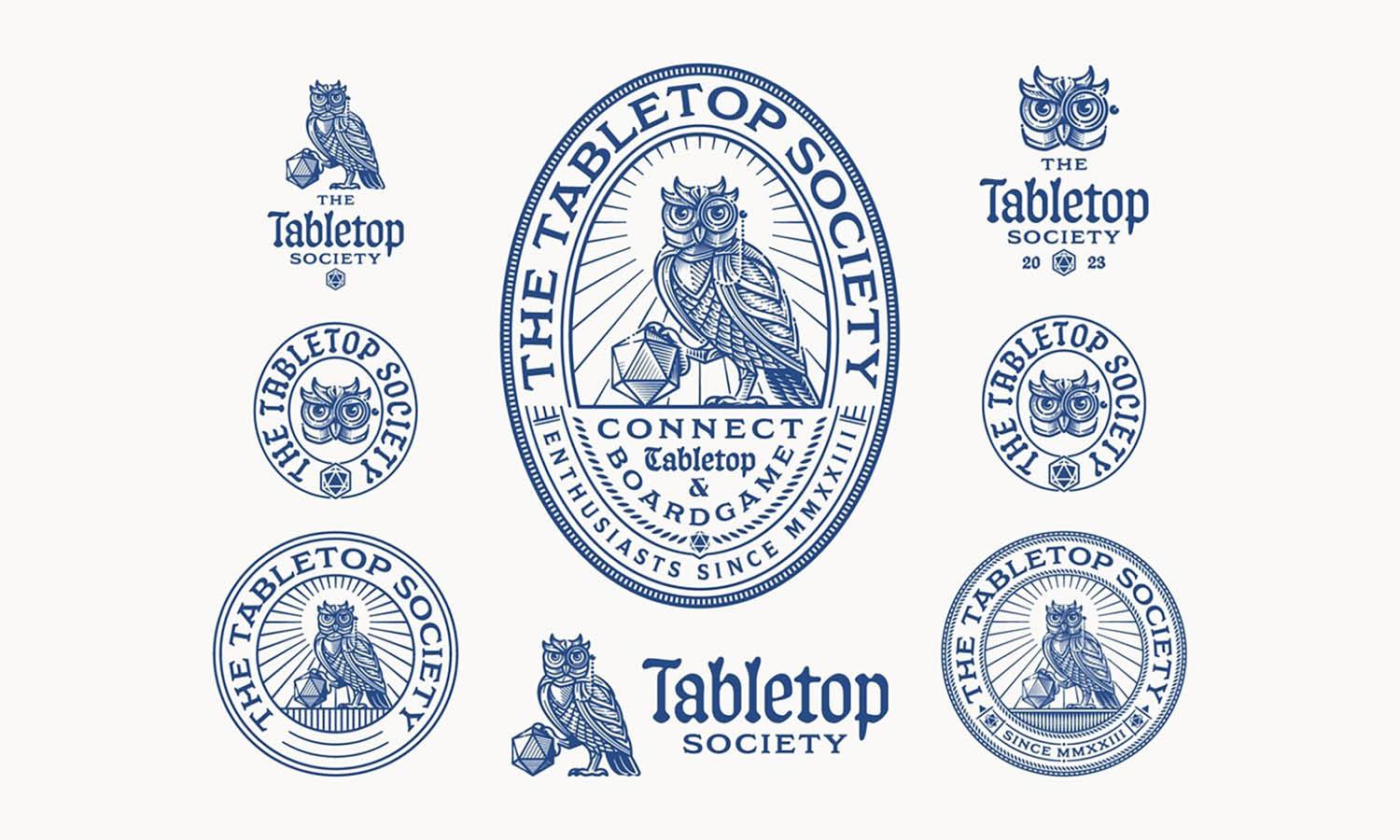

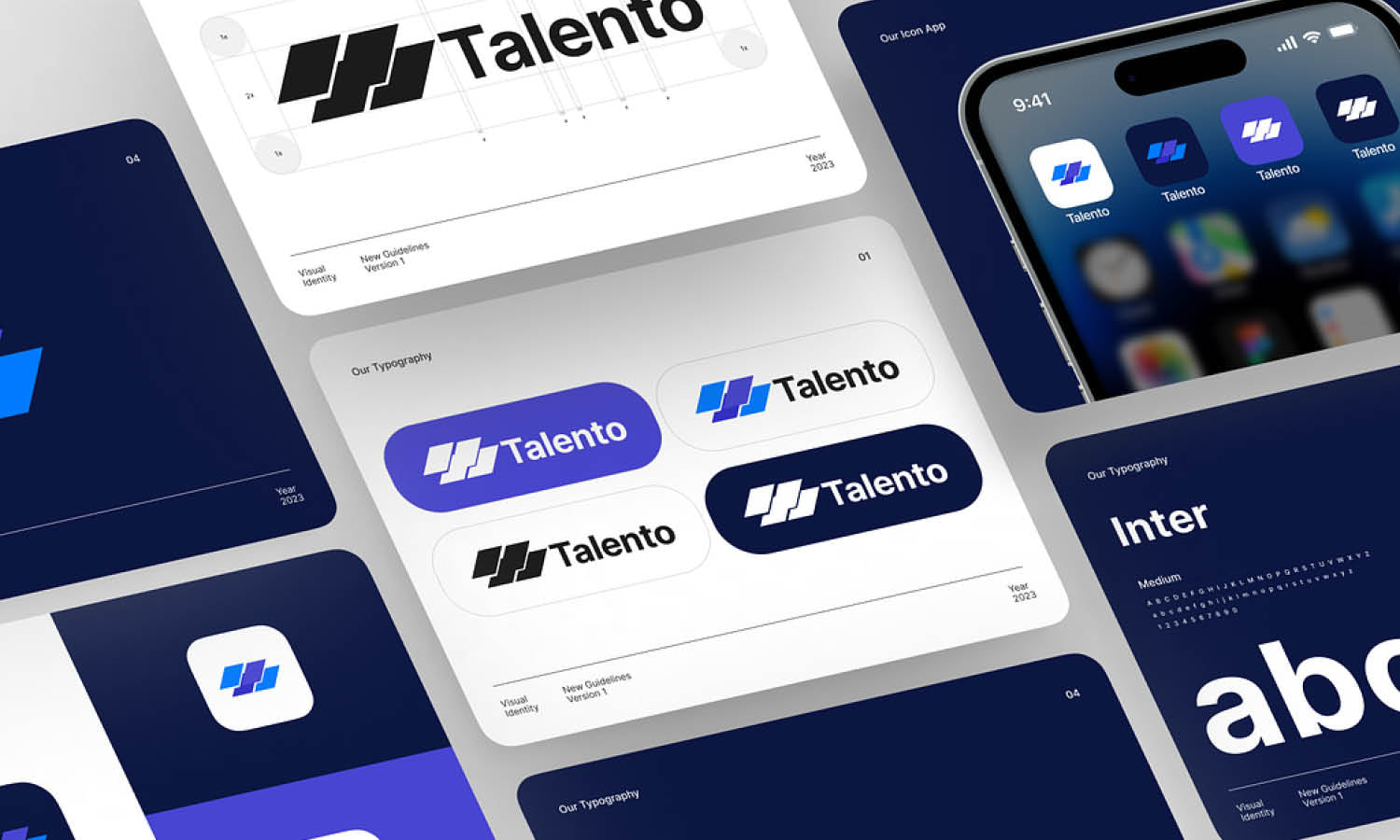







Leave a Comment